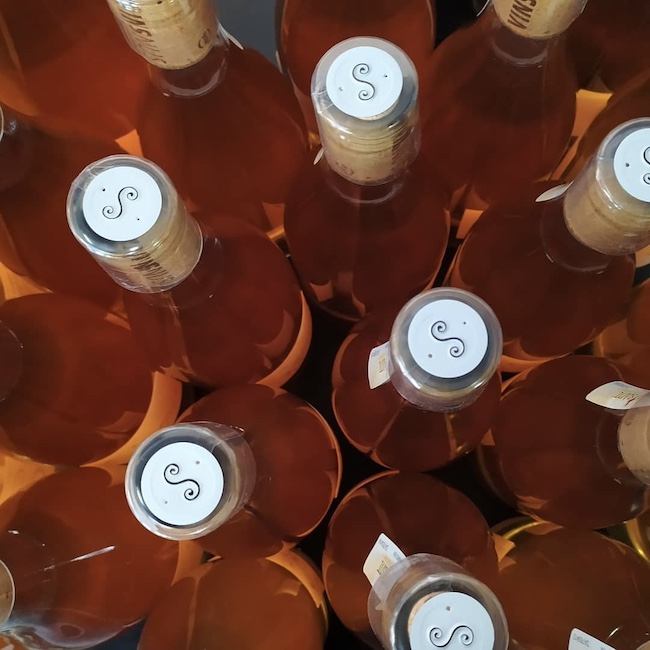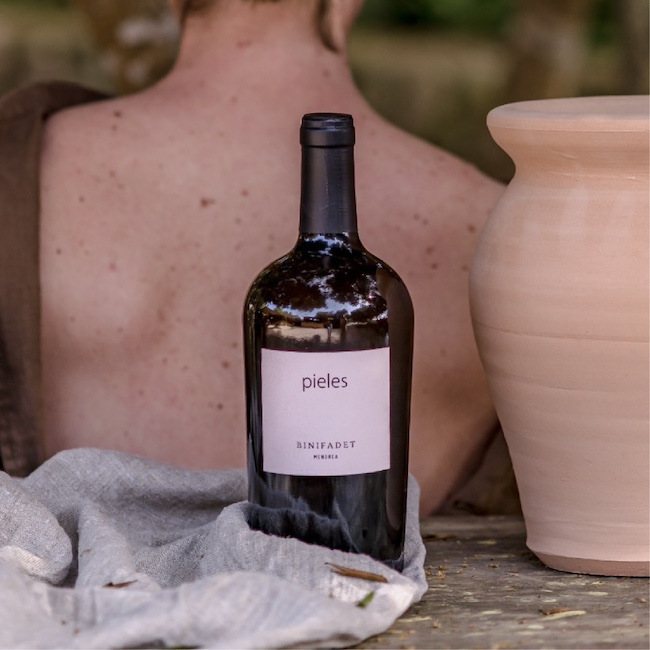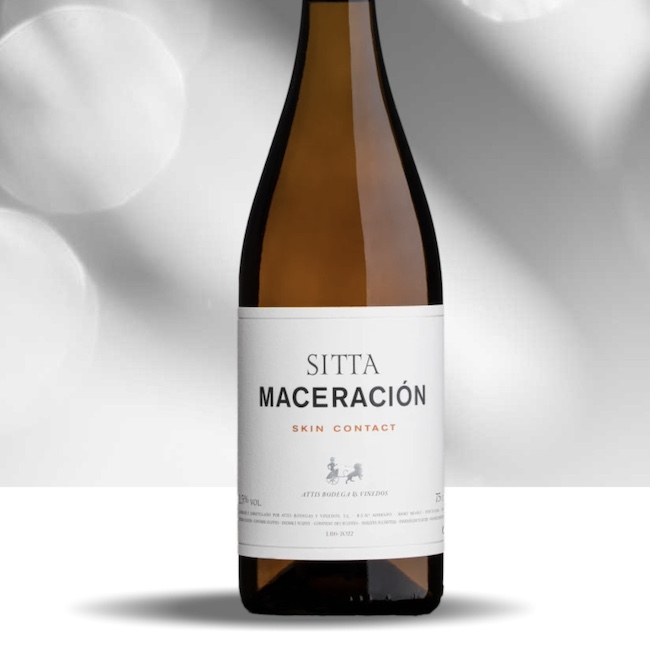by Federico Oldenburg - @fedek1
.png.transform/rendition-xs/image_image%20(1).png)

by Federico Oldenburg - @fedek1
Heirs to the ancestral brisats of the Mediterranean, orange wines confirm that the boundaries between innovation and tradition are less rigid than presumed
Some of the trends in the wine world confirm that innovation doesn't have to conflict with tradition. Even more so, what often seems avant-garde and revolutionary is merely a new interpretation of what was once commonplace. The increasingly popular "orange" wines illustrate the strong connections between contemporary, and perhaps groundbreaking, concepts and the most archaic winemaking principles. Despite being presented as a disruptive novelty in the wine universe, today's much-discussed orange wines revive ancient vinification techniques.
This does not detract from their obvious appeal as an alternative within the strict conventional typology. The typology that dictates red wines are reds, pink or salmon-colored wines are rosés, and golden or yellowish wines are whites. Therefore, orange wines are a chromatic exception, an ambiguous rarity that transcends established norms.

The Spanish Orange
Spanish wine is not immune to the growing "orange wave" affecting global vineyards and has focused on these white wines with bold character and intense coloration, often cloudy appearance, notable structure, and astringent palate, with a tannic nature more typical of reds.
This common profile in orange wines results from a significant variable in the vinification process. Typically, whites are made without the skins of the grapes contacting the must (or using, at most, a cold maceration lasting only a few hours). In this case, the presence of the grape skins during must fermentation is prolonged for several days or even weeks (or months, in some exceptional cases).
This technique equates the vinification of whites with reds. In other words, orange wines are made like reds but using white grapes.
The maceration periods of the skins in the must, the grape varieties used, the containers employed for vinification and aging (often clay jars are used for these wines), and the peculiarities of origin, climate, soil, and other terroir characteristics determine the nuances that differentiate one orange wine from another.

Ancestral Wines, from Georgia to the Mediterranean
Representing new generation wineries and winemakers attached to "natural" wines (without added sulfites) in various global vineyard regions, orange wines – also known as skin contact, explicitly referring to the skin maceration process – pay homage to the ancestral Georgian whites aged in qvevri (buried jars), considered the oldest antecedent of European (and global) viticulture, documented more than 8,000 years ago.
Spain also treasures historic orange wines, such as the brisats that are part of the winemaking culture of the Balearic Islands and the Mediterranean coast of Catalonia. Whites vinified with their own skins, flavorful and full of character, that are currently being revived. Some examples of revived brisats that can be tasted today include the notable Siuralta Orange made by Alfredo Arribas for his Vins Nus ("naked wines") collection in Montsant DO, with white cariñena, white garnacha, and malvasía. It macerates for 36 days in amphorae and does not use added sulfur (making it a natural wine) to offer a resolute, acidic, wild, enveloping, persistent character...
Another one is the surprising Pieles, crafted in Menorca by the island's leading winery, Binifadet, 100% chardonnay. It macerates and ferments with the grape skins, with subsequent aging in clay jars, which contributes to accentuating its aromatic complexity and volume. Although it does not lose its elegance, character, or Mediterranean warmth that define its profile. A seductive and different wine.
Or the Frisach Vernatxa, a textbook brisat, made with white garnacha by Celler Frisach in Terra Alta DO. It goes through a maceration with skins before aging for six months in 500-liter barrels, giving it a creamy sensation and intensity, full of nuances of fresh white fruit, which is not usual in traditional brisats.

Albariño, Viura, and Txakoli in Orange
However, this country does not only produce good orange wines in areas that have inherited the tradition of ancestral brisats. Intrepid winemakers are capable of producing an albariño orange in Rías Baixas DO, like the innovative team at Bodegas Attis with Sitta Maceración Skin Contact, macerated for 15 days and aged for 6 months on lees seeking an unprecedented expression. It is a wine marked by its high acidity and the tannic texture that the contact with the skins provides.
The same can be said of the rioja Macerado, produced by Bodega 220 Cántaras with the most widespread white variety in Rioja DOCa, viura, which has remained with its skins for up to 12 months to offer a bold and exceptional character. It can be described as a true rarity, a white wine with clear memories of ripe fruit, voluminous, tannic, and balsamic. It does not contain added sulfur, so it is also a natural wine.
For real exotica, try Bat Berri, the orange txakoli conceived by Itsasmendi, the pioneering winery in the qualitative leap in Bizkaiko Txakolina DO with the indigenous variety hondarrabi zuri. True to its innovative spirit, this house applies the method of carbonic maceration of whole clusters for 15 days, as if it were a red variety. A brief passage through white clay amphorae soften the rustic and wild character of this unparalleled wine. Once again, a white wine with the soul of a red.